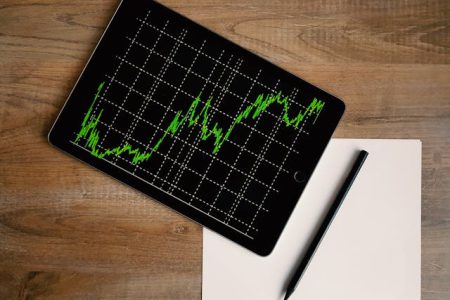Successful Forex trading requires a deep understanding of the market, and this often involves analyzing vast amounts of data. Two primary methods of market analysis are technical analysis and fundamental analysis. Each approach has its unique advantages and can be used independently or together to inform trading decisions. At Twisted Forex, we aim to help you master both techniques to enhance your trading strategy.
What is Technical Analysis?
Technical analysis involves studying historical price movements and trading volumes to predict future price trends. This method is based on the belief that market trends, patterns, and behaviors repeat over time.
Key Components of Technical Analysis
- Price Charts: The foundation of technical analysis. Charts like candlestick, line, and bar charts are used to visualize price movements.
- Indicators: Tools like moving averages, Relative Strength Index (RSI), and Bollinger Bands help traders identify trends and potential entry/exit points.
- Patterns: Recognizing patterns such as head and shoulders, double tops, and triangles can signal potential market movements.
Advantages of Technical Analysis
- Quantitative Approach: Uses historical data to make informed decisions.
- Short-term Trading: Ideal for traders focusing on short-term market movements.
- Visual Insights: Charts and indicators provide visual representations of market trends.
What is Fundamental Analysis?
Fundamental analysis examines economic, social, and political factors that influence currency prices. This approach is based on the idea that a currency’s value is determined by its country’s economic health.
Key Components of Fundamental Analysis
- Economic Indicators: Metrics like Gross Domestic Product (GDP), employment rates, and inflation are critical. Websites like Trading Economics provide real-time data on these indicators.
- Central Bank Policies: Interest rates and monetary policies set by central banks significantly impact currency values.
- Geopolitical Events: Political stability, elections, and international relations can affect market sentiment and currency strength.
Advantages of Fundamental Analysis
- Long-term Perspective: Useful for understanding long-term trends and making strategic decisions.
- Economic Context: Provides a comprehensive view of the economic factors driving market movements.
- In-depth Insights: Helps traders understand the underlying reasons behind price movements.
Combining Technical and Fundamental Analysis
Many successful traders combine both technical and fundamental analysis to make more informed decisions. Here’s how you can integrate both approaches:
- Confirm Trends: Use technical analysis to confirm trends indicated by fundamental analysis. For example, if fundamental analysis suggests a currency will strengthen, use technical indicators to find the best entry point.
- Risk Management: Use technical analysis for precise entry and exit points while relying on fundamental analysis for broader market direction.
- Balanced View: Combining both methods provides a balanced view of the market, helping you understand short-term fluctuations and long-term trends.
Practical Example
Let’s consider an example of combining both analyses:
- Fundamental Analysis: Suppose the European Central Bank announces an interest rate hike. This fundamental factor suggests the Euro might strengthen.
- Technical Analysis: Check the EUR/USD chart for patterns or indicators that confirm the uptrend. Look for a breakout above a resistance level to enter the trade.
Conclusion
Understanding both technical and fundamental analysis can significantly enhance your Forex trading strategy. Each method offers unique insights and, when combined, can provide a comprehensive view of the market. At Twisted Forex, we are committed to helping you master these analytical tools to make informed trading decisions.
Explore more educational resources on our website to deepen your understanding of Forex trading. Stay informed, stay strategic, and trade successfully!



